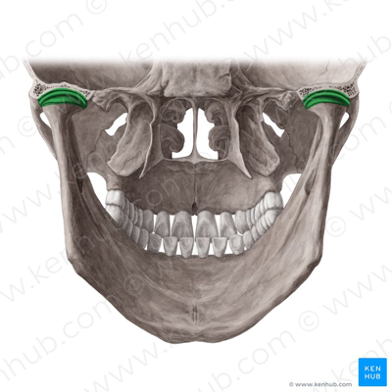Face, Scalp, Parotid, and Temporal Regions
1/11
There's no tags or description
Looks like no tags are added yet.
Name | Mastery | Learn | Test | Matching | Spaced |
|---|
No study sessions yet.
12 Terms
caput
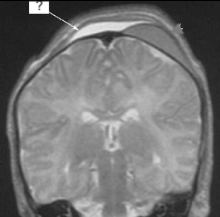
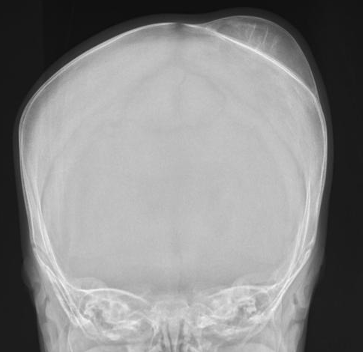
cephalohematoma
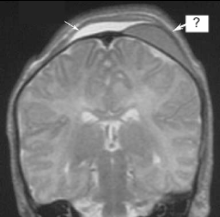
facial nerve (CN VII)
motor
innervates muscles of facial expression
passes through parotid gland: separates gland into superficial (lateral to nerve) and deep (medial to nerve) lobes; enters posterior border of gland after leaving stylomastoid foramen; within gland, bifurcates into superior (or temporofacial) and inferior (cervicofacial) division
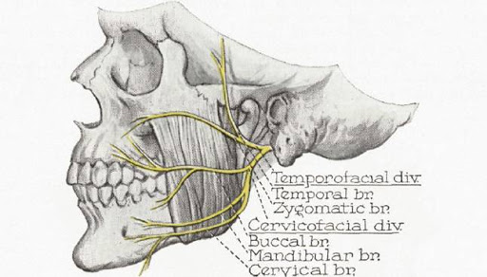
trigeminal nerve (CN V)
motor and sensory
innervates muscles of mastication
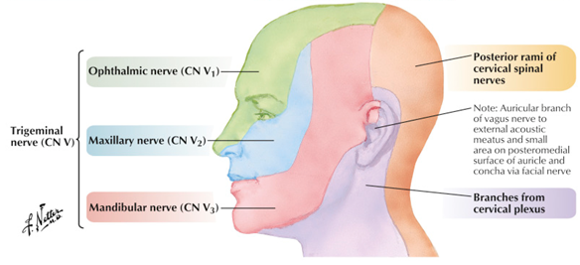
ophthalmic nerve
CN V1
sensory nerve
enters superior orbital fissure
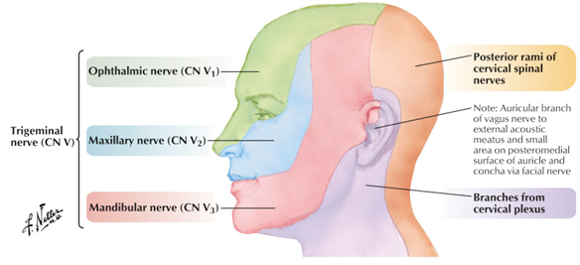
maxillary nerve
CN V2
sensory nerve
enters foramen rotundum
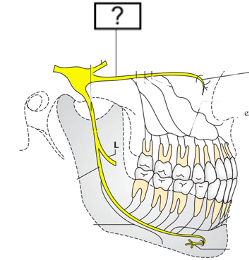
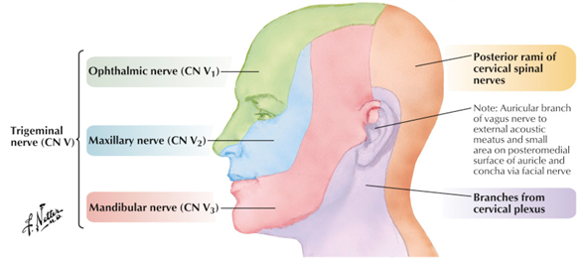
mandibular nerve
CN V3
sensory and motor nerve
enters foramen ovale
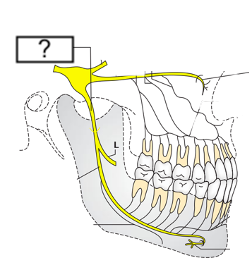
branches of the external carotid artery
superior thyroid artery
ascending pharyngeal artery
lingual artery
facial artery
occipital artery
posterior auricular artery
maxillary artery
superficial temporal artery
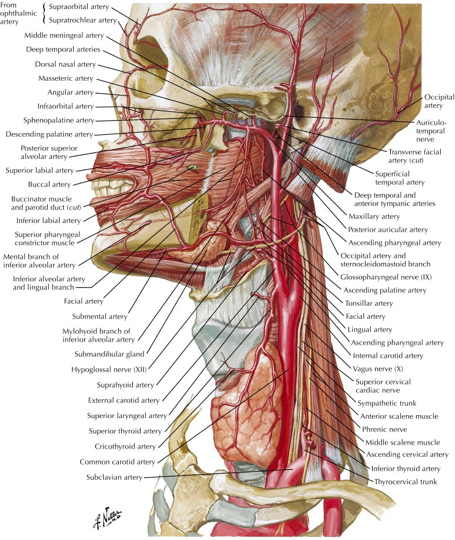
temporalis muscle
origin: temporal fossa
insertion: coronoid process of mandible
actions: mastication (elevates mandible (closes mouth), retracts mandible (pulls jaw posteriorly))
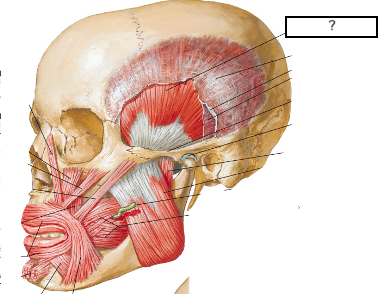
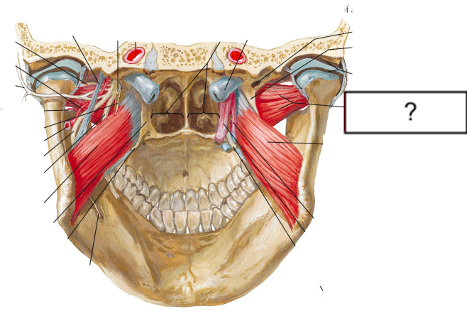
lateral pterygoid
superior head origin: greater wing of sphenoid
inferior head origin: lateral wall of lateral pterygoid plate
insertion: both heads converge into a tendon that attaches to neck of mandible near TMJ
actions: mastication; bilateral protraction of mandible (pushes jaw forwards), unilateral contralateral jaw movement
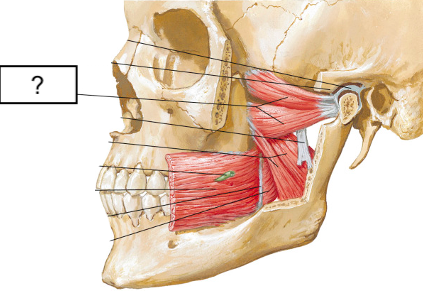
pterygopalatine fossa
fat-filled space on lateral side of skull (between infratemporal fossa and nasopharynx)
major neurovascular crossroad between orbit, nasal cavity, nasopharynx, oral cavity, infratemporal fossa, and cranial fossa
can act as conduit for spread of inflammatory/neoplastic diseases in head and neck
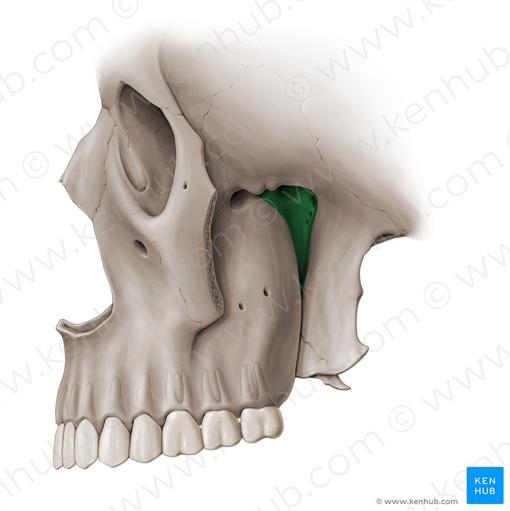
temporomandibular joint
main connection between skull and lower jaw
components: portion of squamous portion of temporal bone, articular disc within joint capsule, head of mandible, surrounding ligaments
